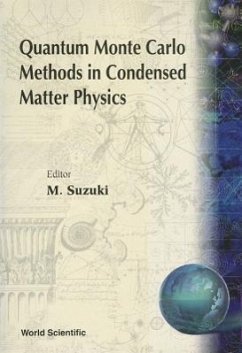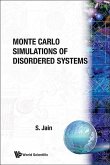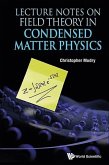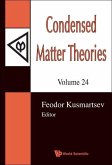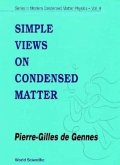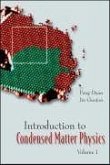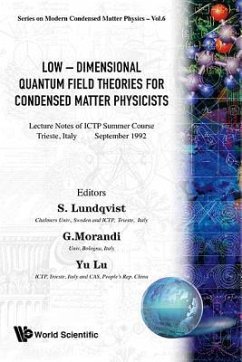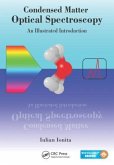This book reviews recent developments of quantum Monte Carlo methods and some remarkable applications to interacting quantum spin systems and strongly correlated electron systems. It contains twenty-two papers by thirty authors. Some of the features are as follows. The first paper gives the foundations of the standard quantum Monte Carlo method, including some recent results on higher-order decompositions of exponential operators and ordered exponentials. The second paper presents a general review of quantum Monte Carlo methods used in the present book. One of the most challenging problems in the field of quantum Monte Carlo techniques, the negative-sign problem, is also discussed and new methods proposed to partially overcome it. In addition, low-dimensional quantum spin systems are studied. Some interesting applications of quantum Monte Carlo methods to fermion systems are also presented to investigate the role of strong correlations and fluctuations of electrons and to clarify the mechanism of high-Tc superconductivity. Not only thermal properties but also quantum-mechanical ground-state properties have been studied by the projection technique using auxiliary fields. Further, the Haldane gap is confirmed by numerical calculations. Active researchers in the forefront of condensed matter physics as well as young graduate students who want to start learning the quantum Monte Carlo methods will find this book useful.
Hinweis: Dieser Artikel kann nur an eine deutsche Lieferadresse ausgeliefert werden.
Hinweis: Dieser Artikel kann nur an eine deutsche Lieferadresse ausgeliefert werden.
